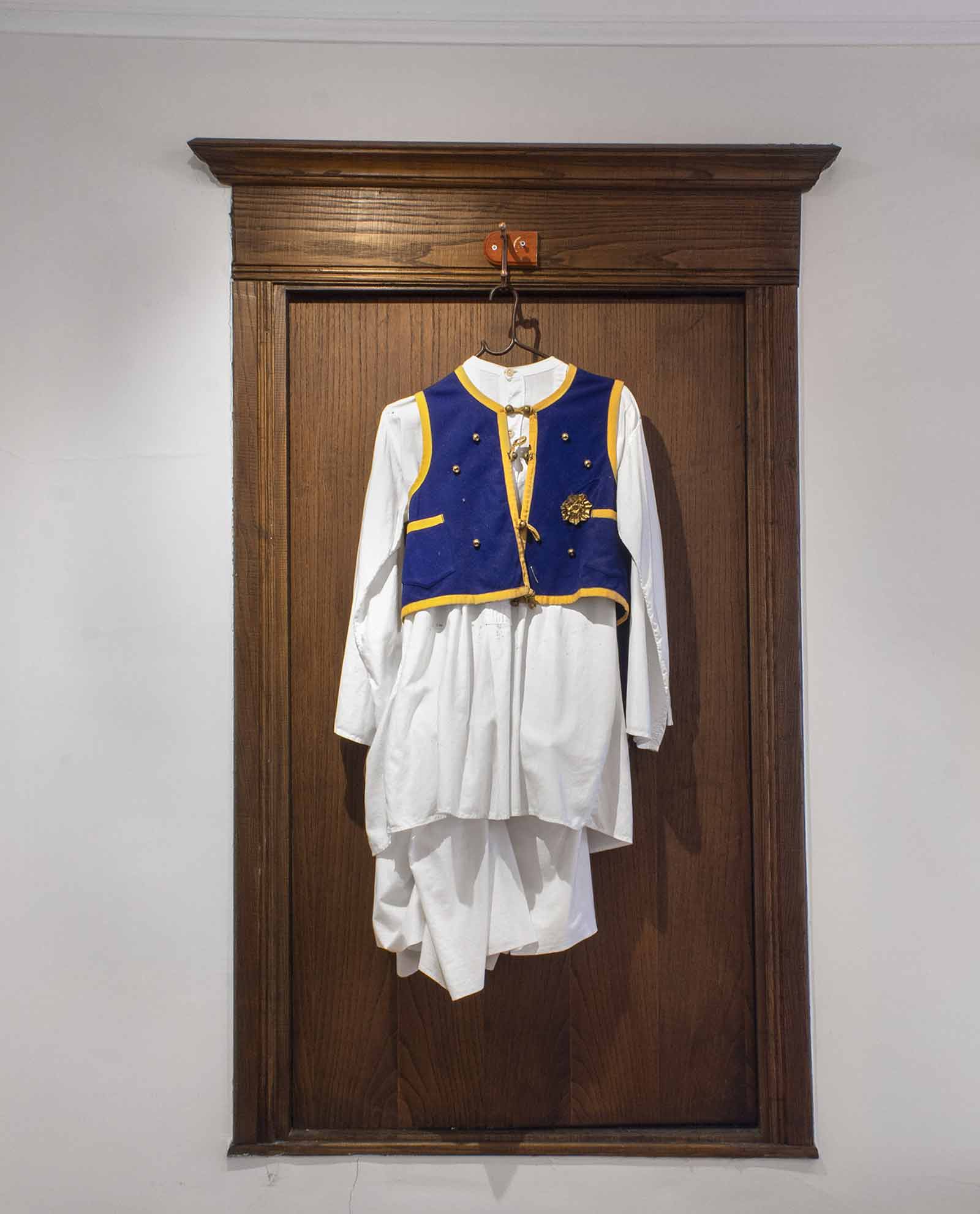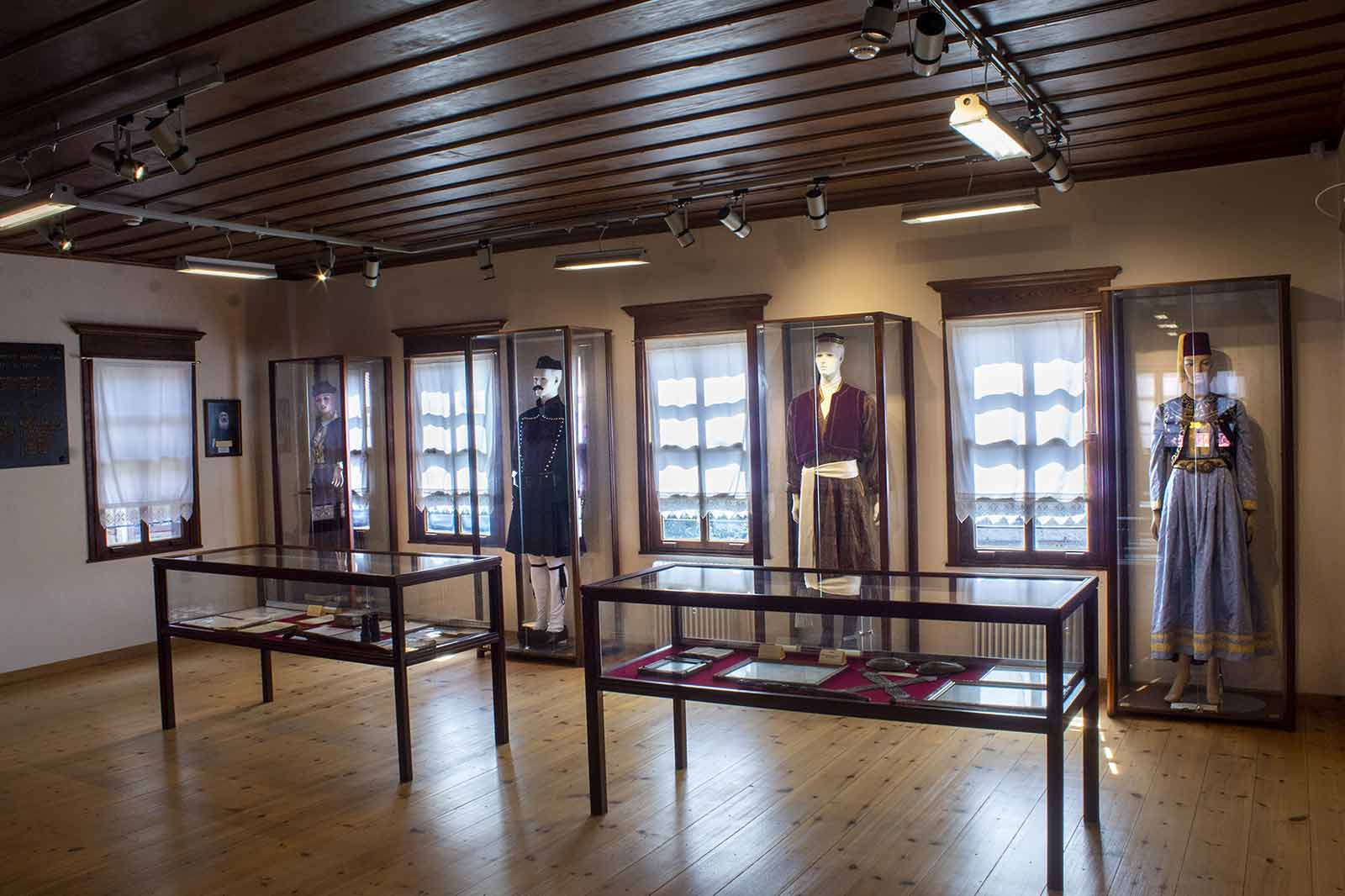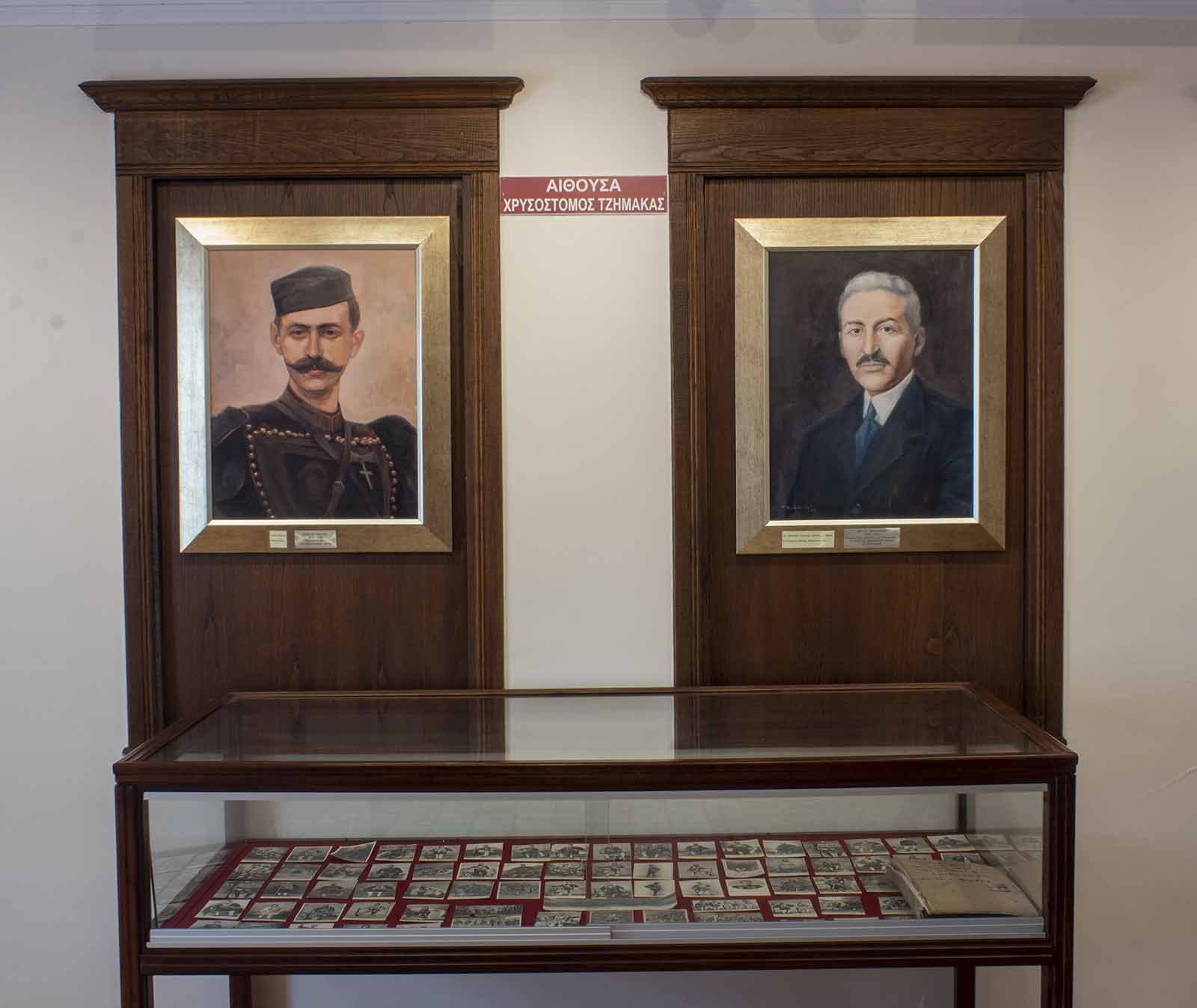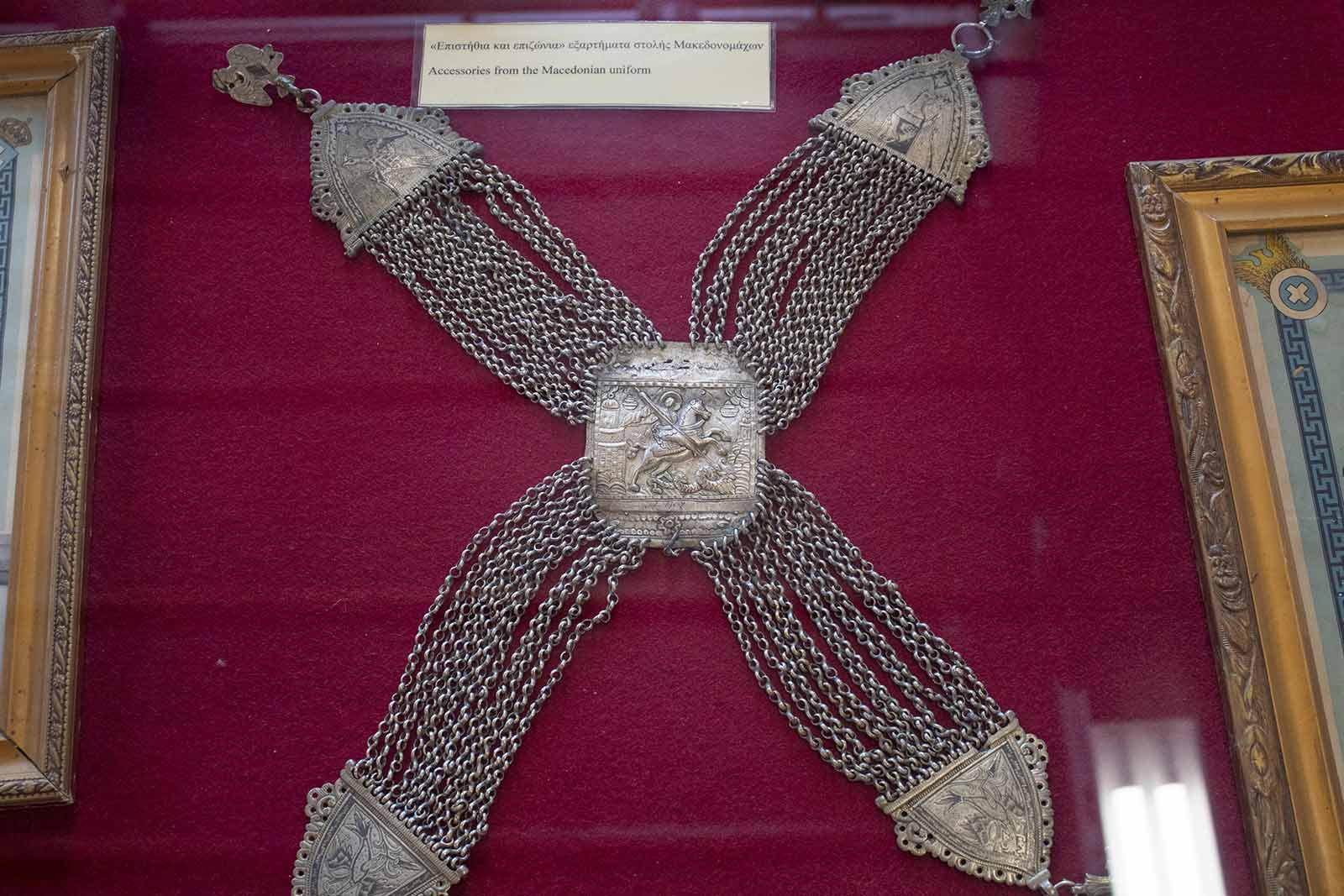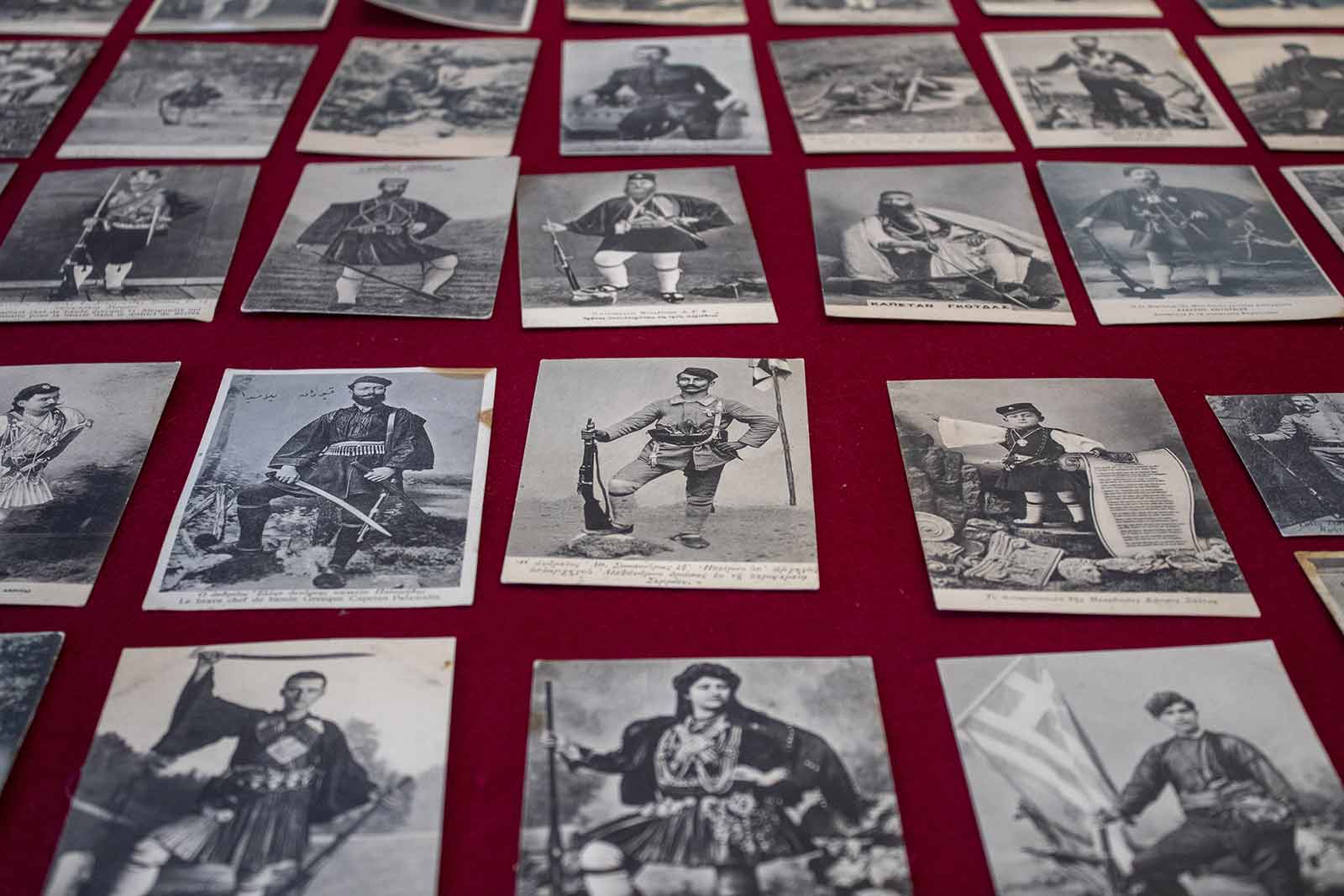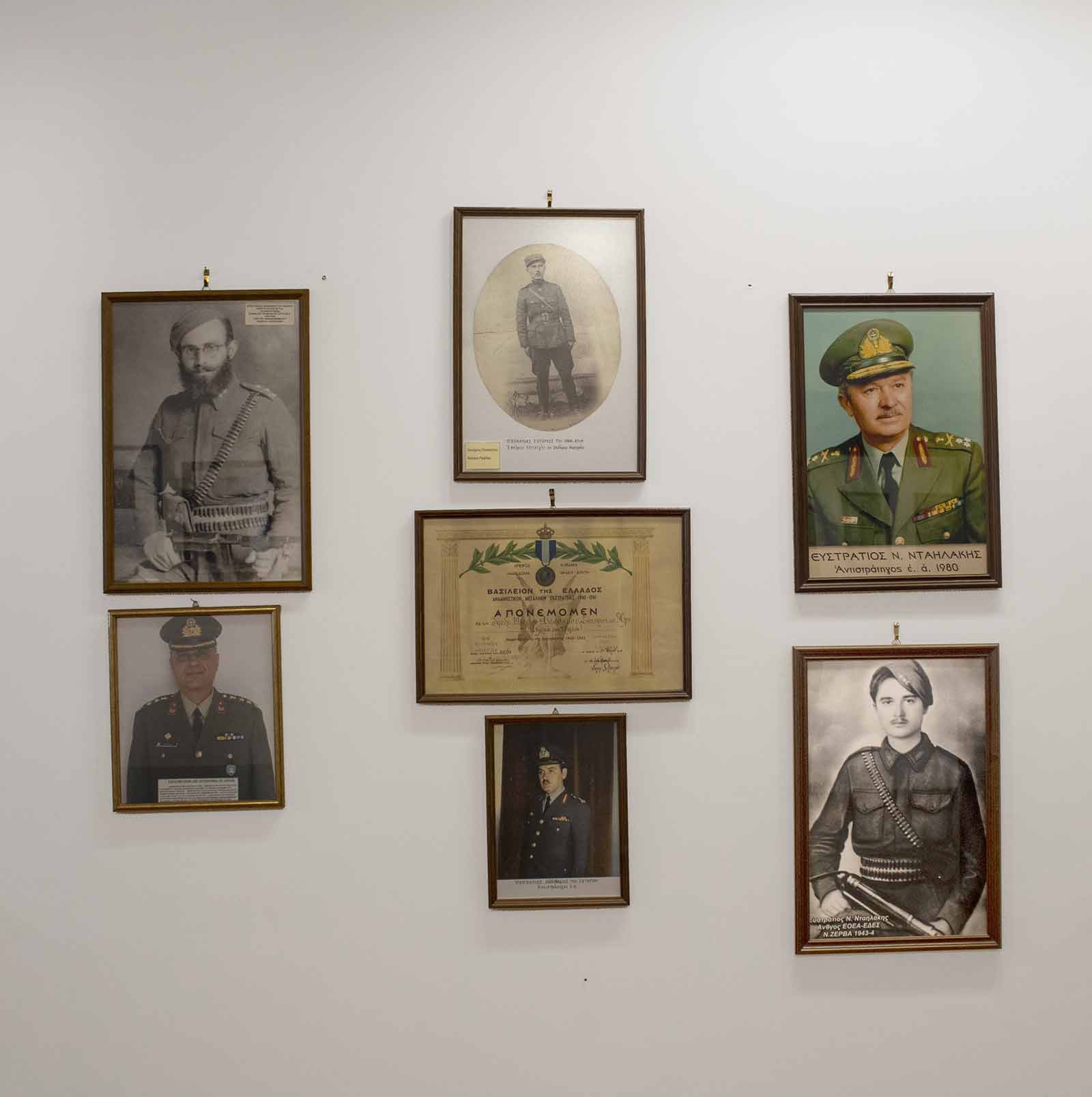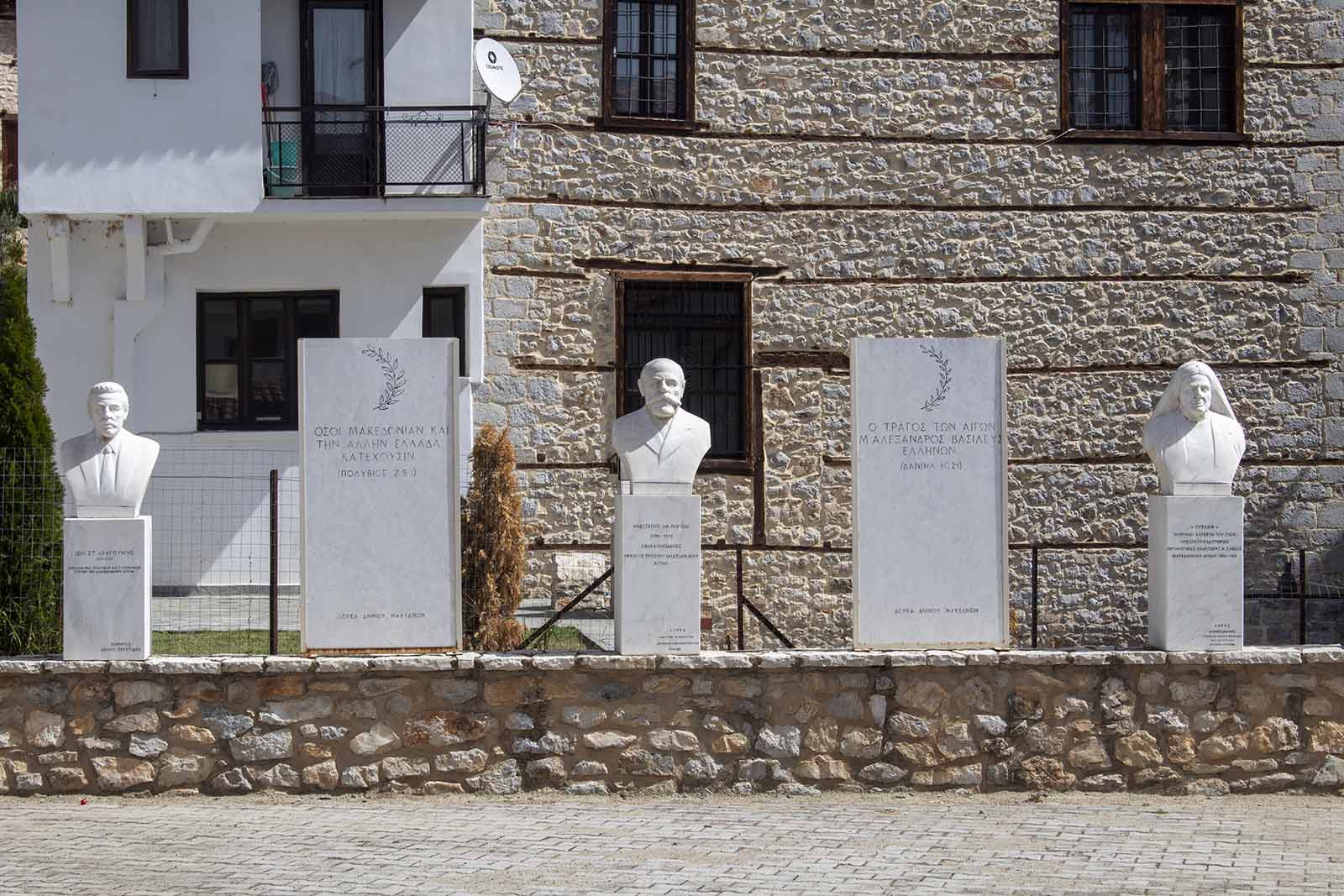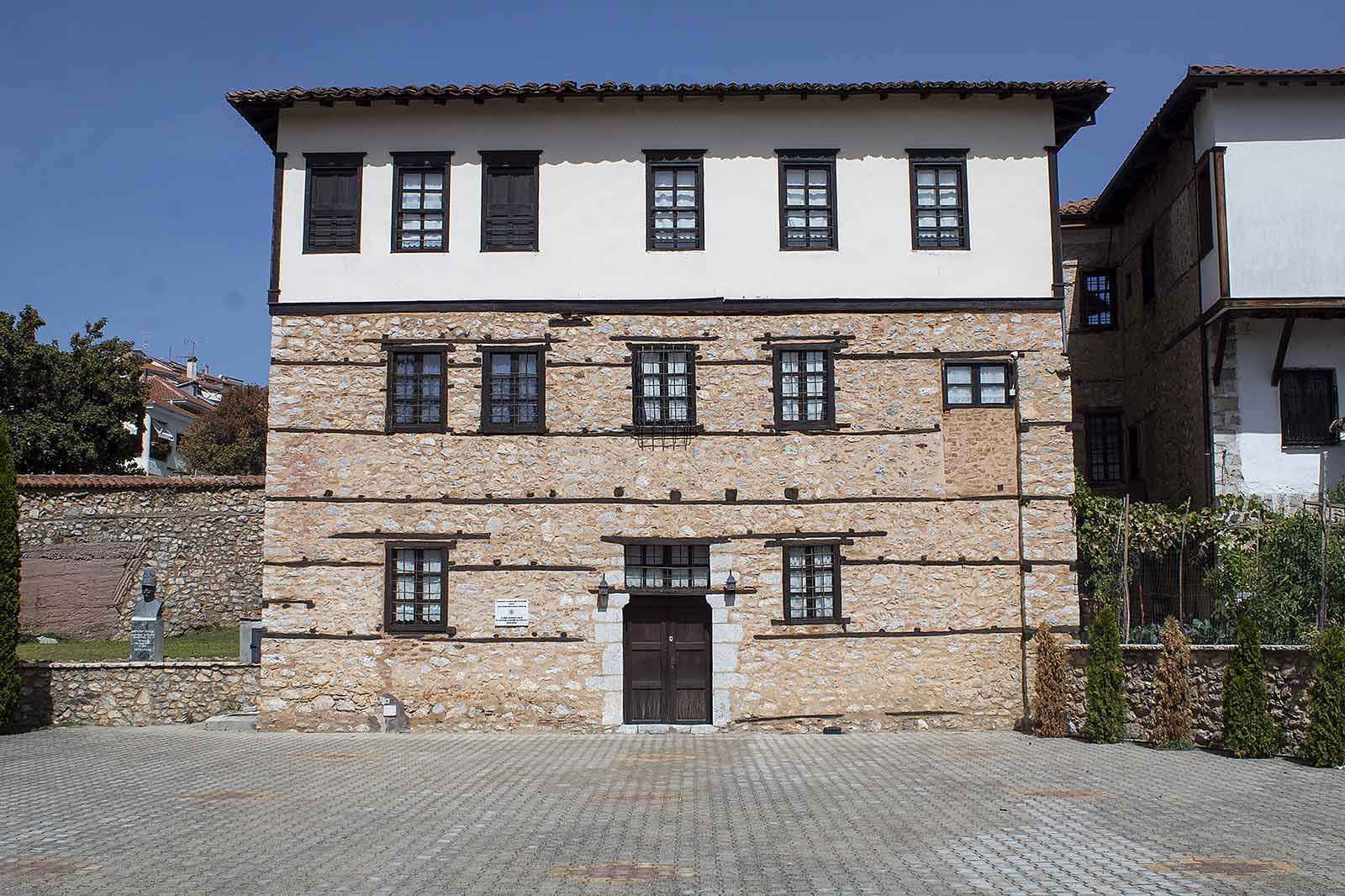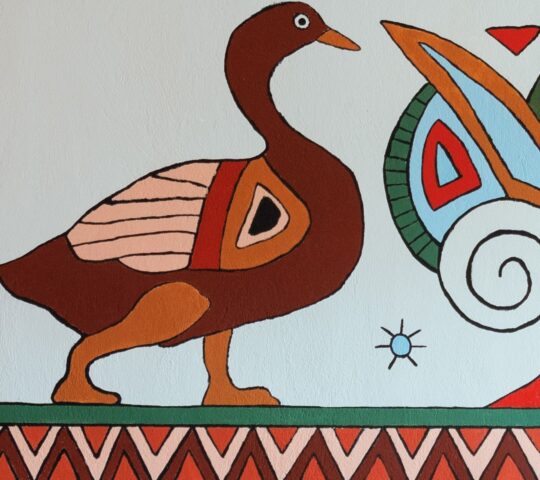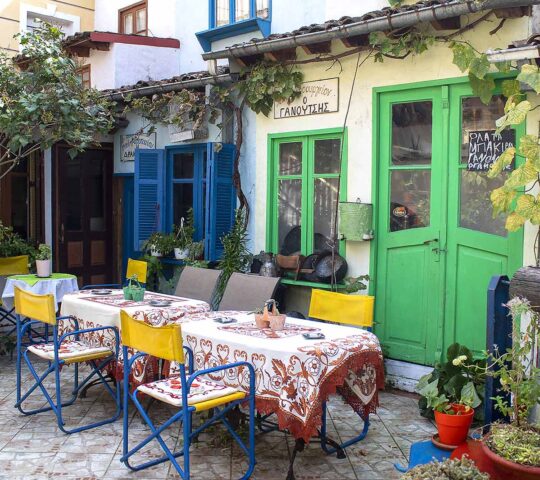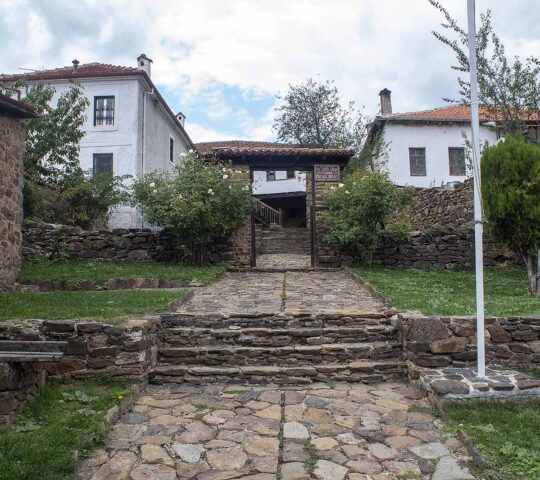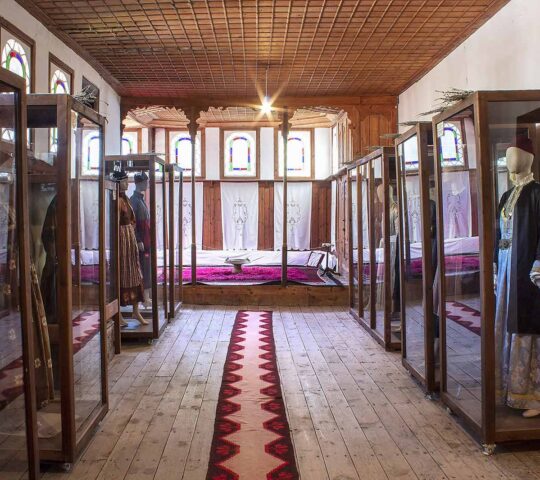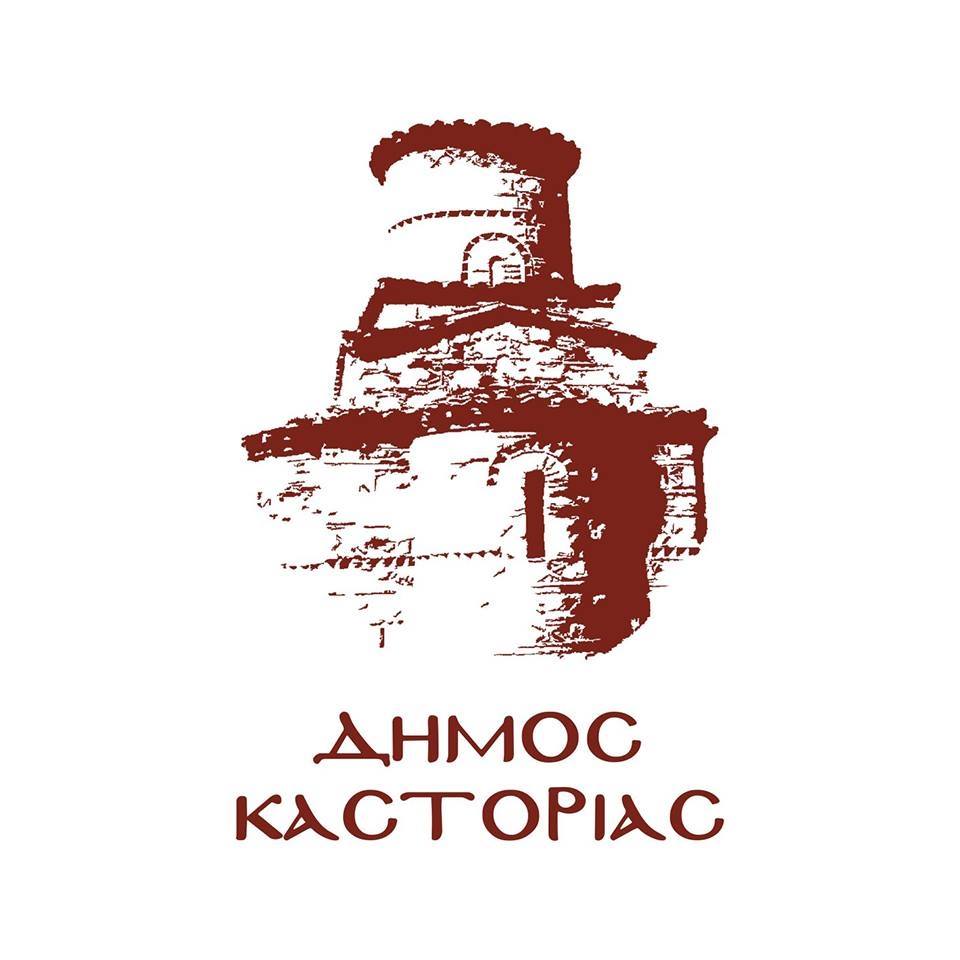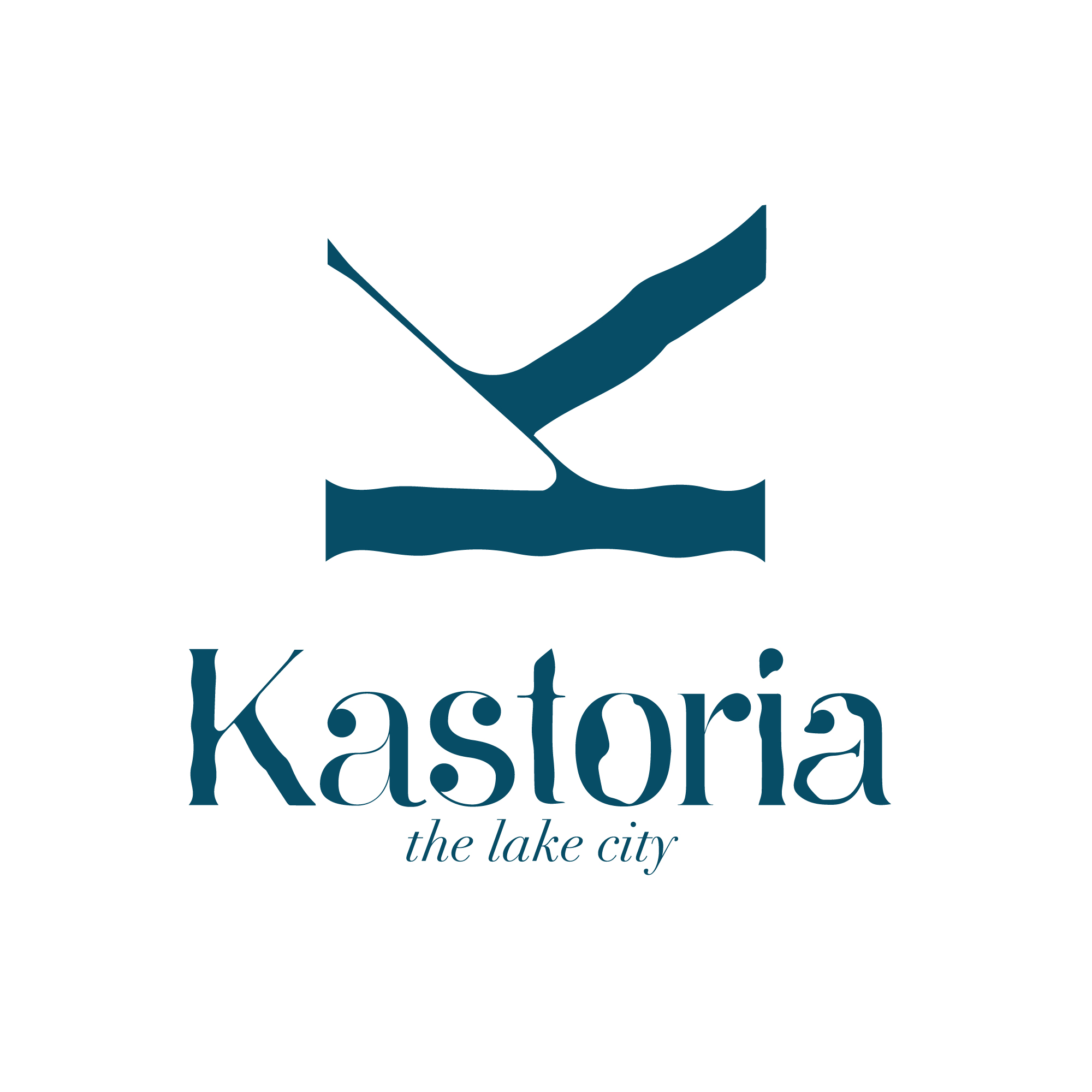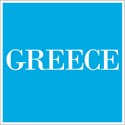Hightlight
-
 Air Conditioning
Air Conditioning
-
 Parking
Parking
Piheon Mansion
The Museum of the Macedonian Struggle is a newly established museum in the city of Kastoria. You can visit it in the district of Doltcho. The place where it is housed was the home of a great man of the Macedonian Struggle, Anastasios Picheon. The year the mansion was built dates back to the 18th century and is an example of Macedonian architecture. The creation of a museum dedicated to the history of Macedonian Hellenism in Kastoria has been an aspiration for many years. For this reason, in 1993, the Association of Friends of the Museum of the Macedonian Struggle was established, with the aim of contributing to the construction of the Museum of the Macedonian Struggle. The importance of the construction of the museum is due to the fact that the city of Kastoria was a centre of operations in the critical period before the Balkan Wars in Western Macedonia, especially in the regions of Kastoria and Florina.
The museum’s exhibits include relics of descendants of Macedonian freedom fighters, photographs from the early phase and period of the Macedonian Struggle, uniforms of Macedonian freedom fighters and traditional Kastorian uniforms. In the basement of the mansion, there are the public service areas, on the ground floor the beginning of the exhibition, the library, the reading room and the screening room, while the first floor is exclusively an exhibition area. There is a landscaped courtyard area available for outdoor events and exhibitions. In the premises, lectures of national, educational and historical content have been held, scientific meetings have been organized and publications of historical books of local and general interest have been presented. Its activities include the collection of museum material (weapons, swords, scopes, seals, commemorative medals, photographic material, personal items, uniforms, letters and correspondence of the Macedonian War, etc.), the organization of scientific and historical lectures, the organization of workshops and seminars by the university community, the organization of scientific symposia, the publication of local history books with references to the Macedonian Struggle and the Macedonian issue in general.



